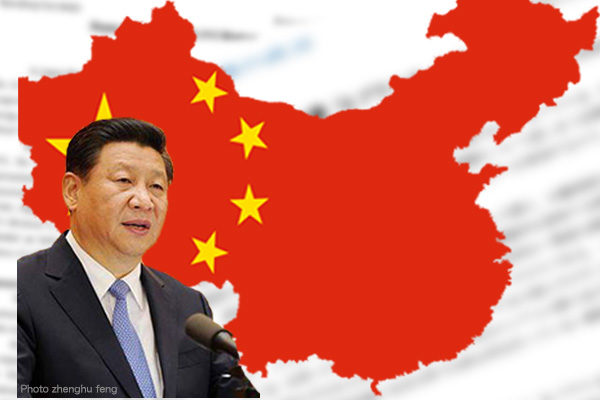The Chinese Communist Party announced the purge of nine senior People’s Liberation Army officials in a communiqué of the Fourth Plenary Session of the 20th Central Committee, which ended on October 23. Including another high-ranking military official whose punishment was announced by the Ministry of National Defense on October 17, a total of 10 senior military officials were purged from the CCP and PLA.
Of the ten, nine were generals, the highest rank in the military, and one was a lieutenant general. Among the purged nine generals are He Weidong, who was vice chairman of the PLA Central Military Commission and a No. 2 uniform official, Miao Hua, who was a member of the commission and director of the commission’s Political Work Department, and Lin Xiangyang, who was commander of the Eastern Theater Command in charge of the invasion of Taiwan. Thus, senior figures at the heart of the military were purged en masse.
Apparent objectives of the mass purge
The mass purge apparently has two objectives.
One is the demonstration of the anti-corruption campaign, as China has announced that the purged military officials seriously violated CCP discipline, were suspected of committing grave job-related crimes, and were involved in large-sale corruption. Half of the purged senior military officials served in the former Nanjing Military Region’s 31st Army Group (now the Eastern Theater Command’s 73rd Army Group) and belonged to the Fujian faction close to President Xi Jinping, who also serve as CCP Central Committee general secretary and Central Military Commission chair. It is thought that the faction might have become a hotbed of corruption due to its closeness to the CCP center. Xi’s ruthless dismissal of the officials can be seen as a demonstration of his unwavering commitment to the anti-corruption campaign.
The other apparent objective is the elimination of unnecessary high-ranking officials for Xi’s military reform. The military reform, announced by Xi in 2013 and started in 2015, has established theater commands as a permanent joint structure, unified the chains of command, and streamlined the PLA by reducing the number of officers by 30%, thus re-forming the PLA into an organization capable of promptly executing the intentions of Central Military Commission chair, namely Xi himself, down to the lowest levels. Furthermore, the PLA has started to build up unmanned equipment and weapons for new domains such as outer space, cyberspace, and electronic warfare in a full-blown manner since 2024. Xi has apparently abandoned senior military officials who have failed to meet his expectations in responding to the operational integration and new domain capabilities.
2027 PLA centenary goals
Published documents provide no evidence that the mass purge of senior military officials has caused confusion in the PLA. Military drills have been proceeding in a matter-of-fact manner. In May and June, two aircraft carrier groups advanced to the second island chain extending from the Bonin Islands to Guam, conducting an “opposing force exercise” in which one aircraft carrier represented the United States against the other representing China. The first ever such exercise for aircraft carriers indicated that large-scale training across theaters was controllable.
During the peak exercise period from September to October, no large-scale joint landing training has been confirmed. However, landing trainings themselves have been actively conducted. This year, China allocated a large number of troops and massive spending to a military parade on September 3 within the period. Priority might have been given to the military parade that can demonstrate the CCP’s control of the military, rather than to any large-scale joint landing training.
The PLA is currently stepping up training and war preparedness across the board, while expanding its capabilities in new domains, in pursuit of the goal for the PLA’s centenary in 2027. The anti-corruption campaign will continue in the future. If the latest mass purge removed obstacles to achieving the goal, the PLA should accelerate joint trainings and the enhancement of new domain capabilities next year and beyond. We must pay great attention to the future trends in the PLA’s trainings and weapons deployment.
Maki Nakagawa is a researcher at the Japan Institute for National Fundamentals and a former commander of the Basic Intelligence Unit, Japan Ground Self-Defense Force.


